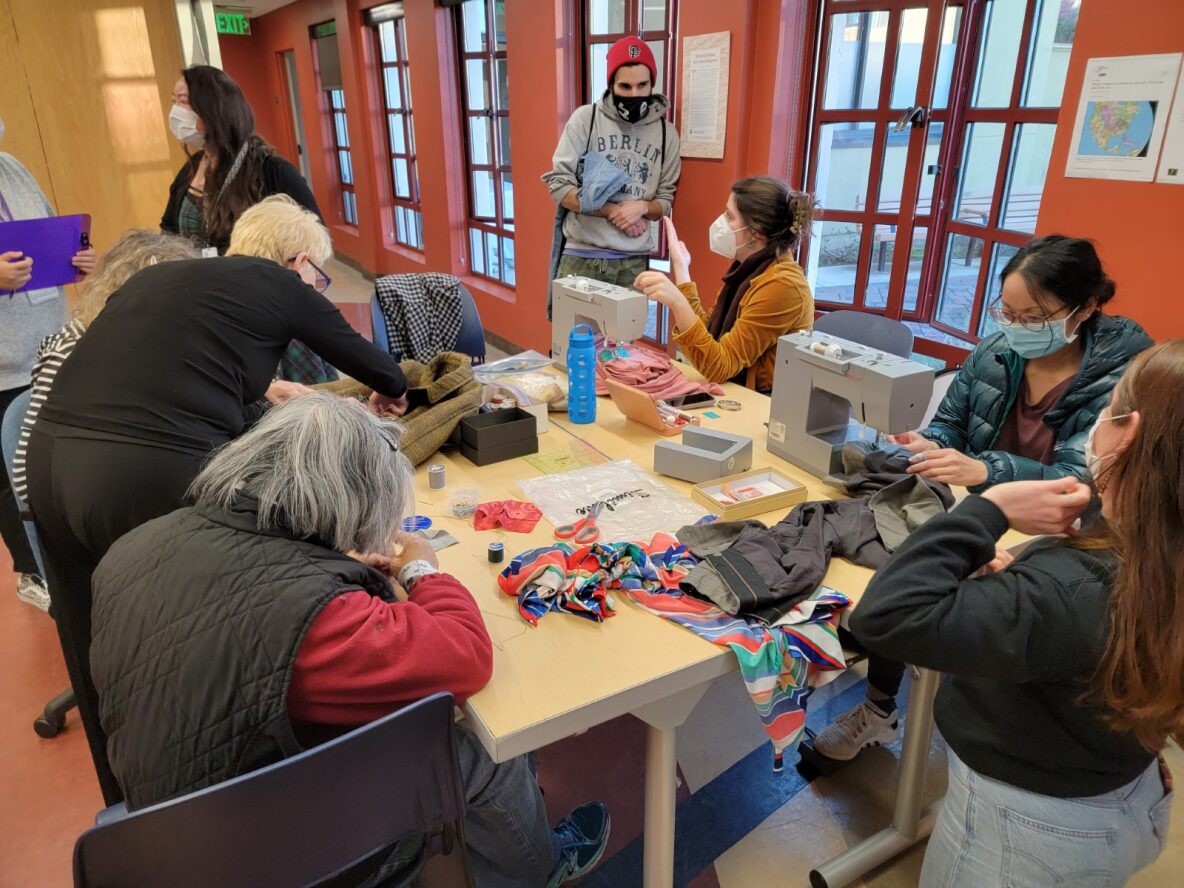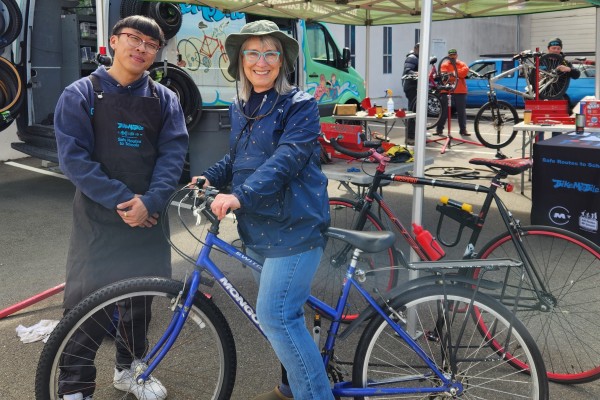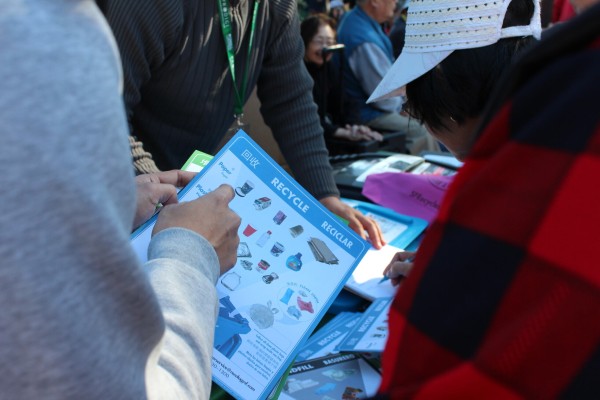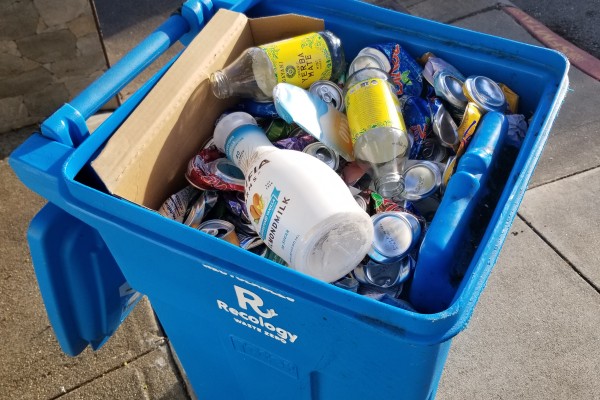
Waste happens before you take it home - in the production, manufacturing, and transportation of materials and the final product. Help reduce waste by refusing what you don’t need, reducing what you consume, and reusing what you have.
The tips below are actions you can take to reduce waste while sheltering in place at home.
Refuse what you don't need
- Remove your address from junk mail delivery lists.
- Prevent impulse purchases by making a grocery list before doing your essential shopping.
- Purchase loose produce instead of plastic-wrapped produce.
- Resist non-essential online shopping.
- Decline single-use cutlery and condiments when ordering take-out or food delivery. Specifically request in advance no cutlery and condiments when ordering via phone.
Reduce what you consume
- Coordinate with housemates to prevent excess shopping or nonessential trips.
- Post unwanted items or attain free items on apps such as Nextdoor. Adhere to social distancing guidelines when conducting swaps.
- Save food jars to store small household items and bulk food products, instead of buying special containers.
- Get creative with gift wrapping. Try using old calendars, catalogs, maps, and newspapers.
- Try these tips for using the food you have, shopping wisely, and keeping food fresh longer.
- Learn about food product date labeling (i.e. best-by, use-by, sell-by, enjoy-by).
- Fill the dishwasher and laundry machine to acceptable maximum capacity before running.
- Limit time in shower to save water.
Reuse what you have
- Repurpose paper shopping bags to collect compostables such as food scraps, soiled paper products, and yard trimmings.
- Use reusable cups, plates, cutlery, and washable napkins when at home.
- Use your freezer to preserve the longevity of food.
- Use environmentally friendly gadgets you already have (e.g. Sodastream, solar-powered battery packs).
Maximize your recycling and composting
- Flatten and breakdown your cardboard boxes to clear space for additional recyclable commodities.
- Place food scraps and soiled paper products in the green composting bin to avoid contamination of recycling materials and to reduce the volume of trash.
- Place all sanitation wipes, single-use face masks, and gloves and the black landfill bin.
- Schedule a Bulky Item Recycling pickup with Recology for large items that don't fit, such as old furniture, appliances, or mattresses.
- Keep electronics, batteries, fluorescent bulbs, pesticides, chemicals, and other hazardous waste out of your bins. Schedule a household hazardous waste pickup or visit the Household Hazardous Waste Facility at 501 Tunnel Ave., San Francisco, CA 94134.
- Use your building's orange battery bucket or ask your property manager to order a battery bucket for your building.
Purchase responsibly
- Purchase services and activities for gifts instead of material goods.
- Choose items that are made with recycled content.
- Purchase potted flowers instead of freshly cut flowers.
- Avoid buying plastic wrap, plastic sandwich bags, and plastic packaging.
- Purchase products in reusable or refillable packaging to prevent one-time use and disposal, and use reusable containers.



